Kentwell, Suffolk; Your Tudor Time Machine
Would you like to come with me back to 1539? King Henry VIII is in negotiation to marry his fourth wife; Cromwell is at the height of his powers; Princess Mary’s life has never been in more jeopardy as she defies bowing to her father’s will, and the monasteries are crumbling under new reform. Are you ready? Kentwell in Suffolk is your Tudor time machine.
Travel with me as I go in search of not only the Cloptons (the wealthy, mercantile family who own Tudor Kentwell), but also the servants and workers who run the estate – and the travelling tradesmen who ply their passing trade at the house. Join me and meet silk traders, cooks, the housekeeper, scrivener and family members as they go about their everyday lives. Let’s go!
The Silk Traders from London Arrive at Kentwell
As I wander down the path toward the house, my attention is caught by a tent in which two women are busily working. It is an odd sight; something like a cat’s cradle of threads is caught about a post. I approach the woman who is busy working the threads with her fingers; I am curious to know what she is doing. She tells me that they are traders from London and that she is busy weaving silk laces to sell to the gentry.
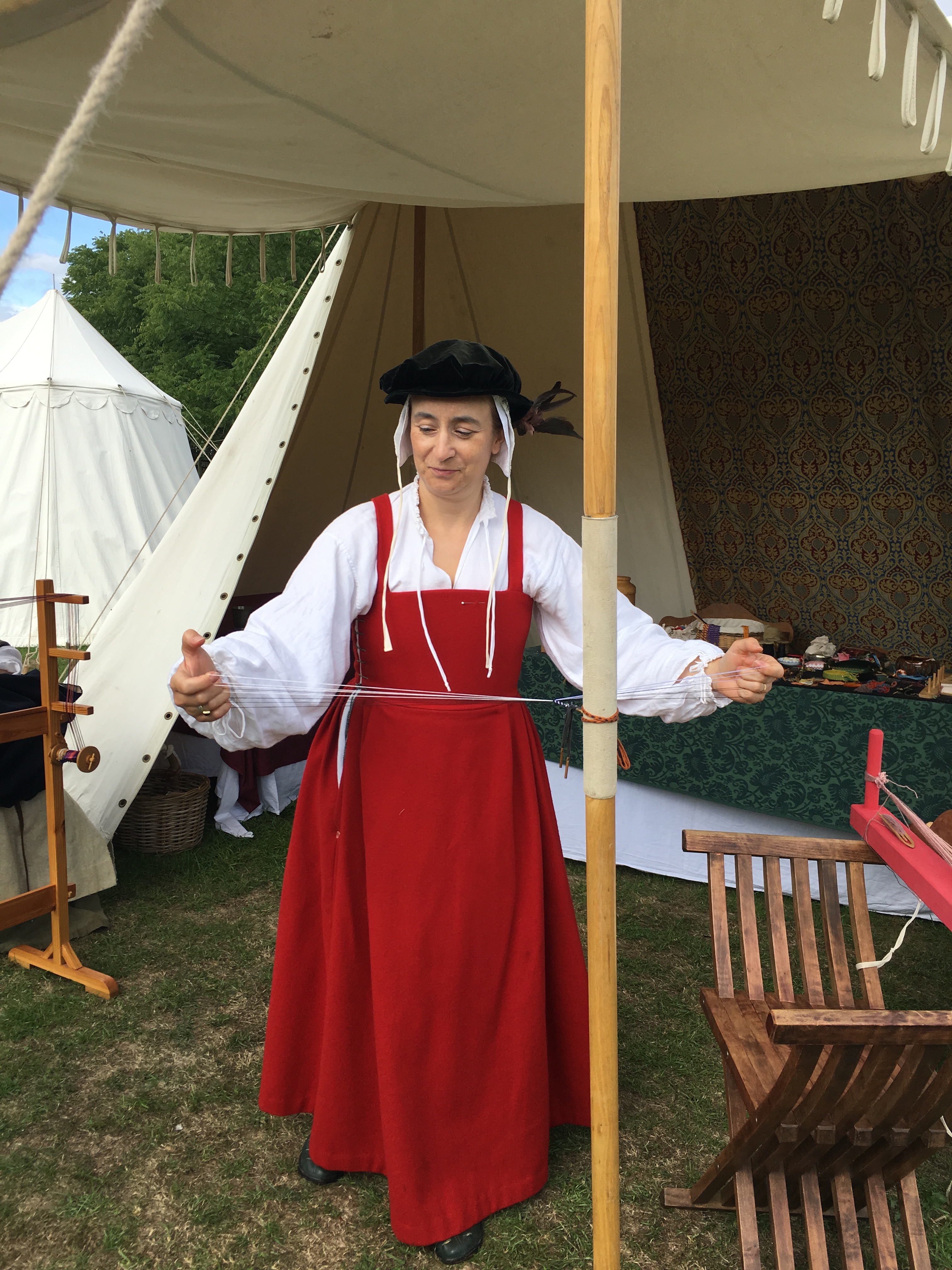
“How much would I pay for a thread like this?” I ask the woman wearing the bright red, woollen kirtle. As she continues to work the threads, she replies,
“Well, it would depend on the weight of the silk. We would weigh it first and then give you a price. Most gentlemen would have a 12-inch silk around their waist, with a 14-16 inch at the back… so that would determine how much we use.”
Her companion comes over and picks up the conversation. “With the silk, the dye goes true to the colour and holds, unlike wool and linen. On account of this, silk threads are much valued. The gentlefolk will have as many silk laces as possible. You can see the vibrancy of the colours of the laces even at a distance.”
Her companion interjects: “Aye, but in truth, the most important would have aiglets of silver upon the ends of the threads.” Before I can ask more, a gentleman approaches and he catches their eye.
“Good day to you, Fred. Are you well?’ The ladies get distracted from their weaving – and from our conversation – and so I slip away quietly, leaving them to their work and their gossip.
I cross the moat into the courtyard in front of the house. There, two women, nursemaids perhaps, play with two small children who run about happily in the sunshine, gurgling their delight. I do not interrupt their games, but instead, cross the courtyard and head into the house.
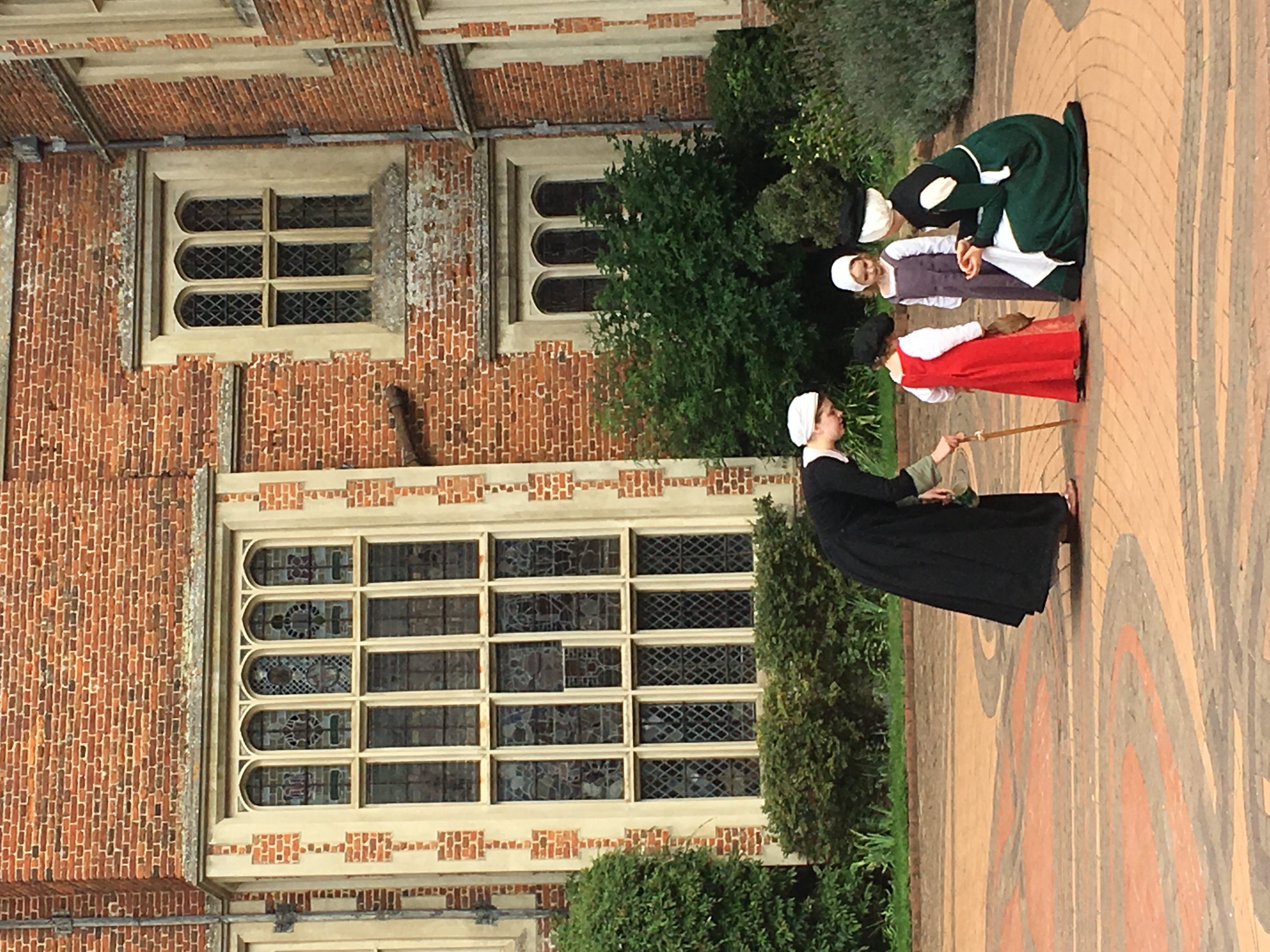
Inside the Tudor Kitchen at Kentwell
I enter the house and turn left. Almost immediately, I am thrust into the bustle of the kitchens. It is a hive of activity. Seven or eight people are busy preparing the main meal of the day, dinner, which is to be served at 1 o’clock. The hour is fast approaching, so final preparations are underway.
The kitchen is hot and smoky; an array of colourful and aromatic dishes are either already prepared and arranged on the side table, or are still being cooked upon the open stove at the far end of the room. Steam swirls upwards from the pans. Its dancing patterns are illuminated in the light streaming through the large windows which sit above the stove.
In front of me, the long, central table is groaning with a variety of ingredients in various stages of preparation, alongside a jumble of ceramic pots, some used and discarded, others still with their contents being stirred or worked by three of the cooks.
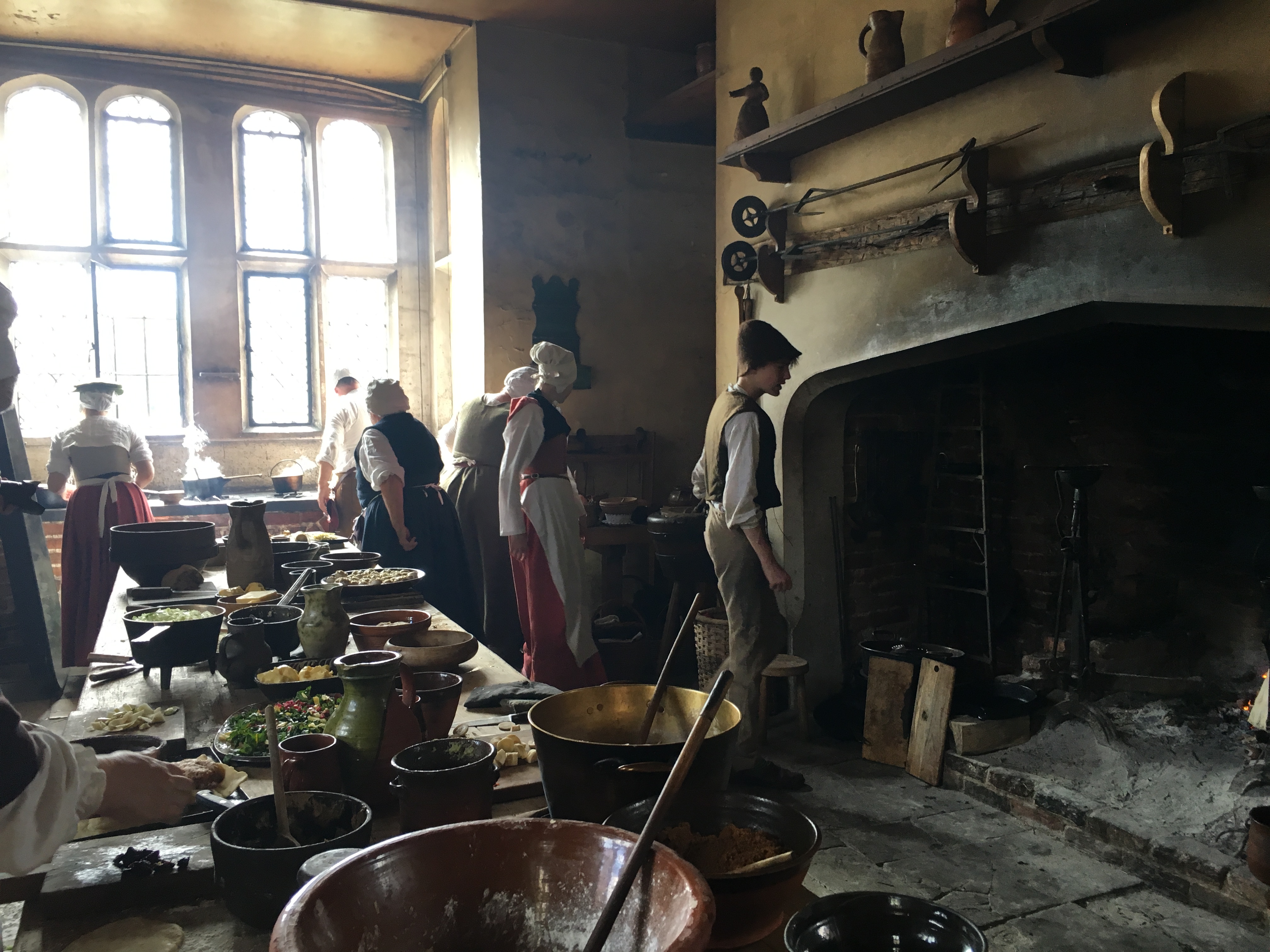
Over to my right, I notice the brick oven from which baked pastry is being removed. I peer inside a little; the oven is glowing from the heat of the bricks. I catch one of the cooks for a moment and ask what she is baking. She talks to me of a ‘coffin of pastry’, explaining that coffin merely means container.
“And what else?” I enquire.
“Yonder are some tarts of Brie. Have you heard of Brie?”
“Indeed I have”. Yummy; my tummy is already beginning to rumble, for it is past midday.
“Aye, well the master has a great liking for such tarts.” I realize that I know nothing of the master of the house and so I probe,
“And who is the master of the house?’
“Master Clopton; he has much wealth on account of his being a wool merchant.” Another woman comes over, her skin glowing from the heat of the kitchens. My companion introduces her as the head cook. “She tells us what to do!” With some good humour and bluster, the head cook replies,

“Methinks it is many, many years since I have told you what to do!” There is much laughter.
“Aye, tis true, I have a way about myself that I will do as I will!” In front of the cook I see a tray of pies; ‘raised pies’ she tells me. ‘Raised Pies?’ I say, somewhat confused, wondering what filling might give cause for such a name. Cook looks at me as if I must be simple-minded.
“As they are raised up.” She points to the sides of the pastry being raised up and pinched about the edges. Of course! “They are made of hot water crust pastry and filled with liver mince I made yester, prunes and ground pig meat.” As a vegetarian, this does not fill me with a desire to eat them, but the pastry looks delicious indeed.
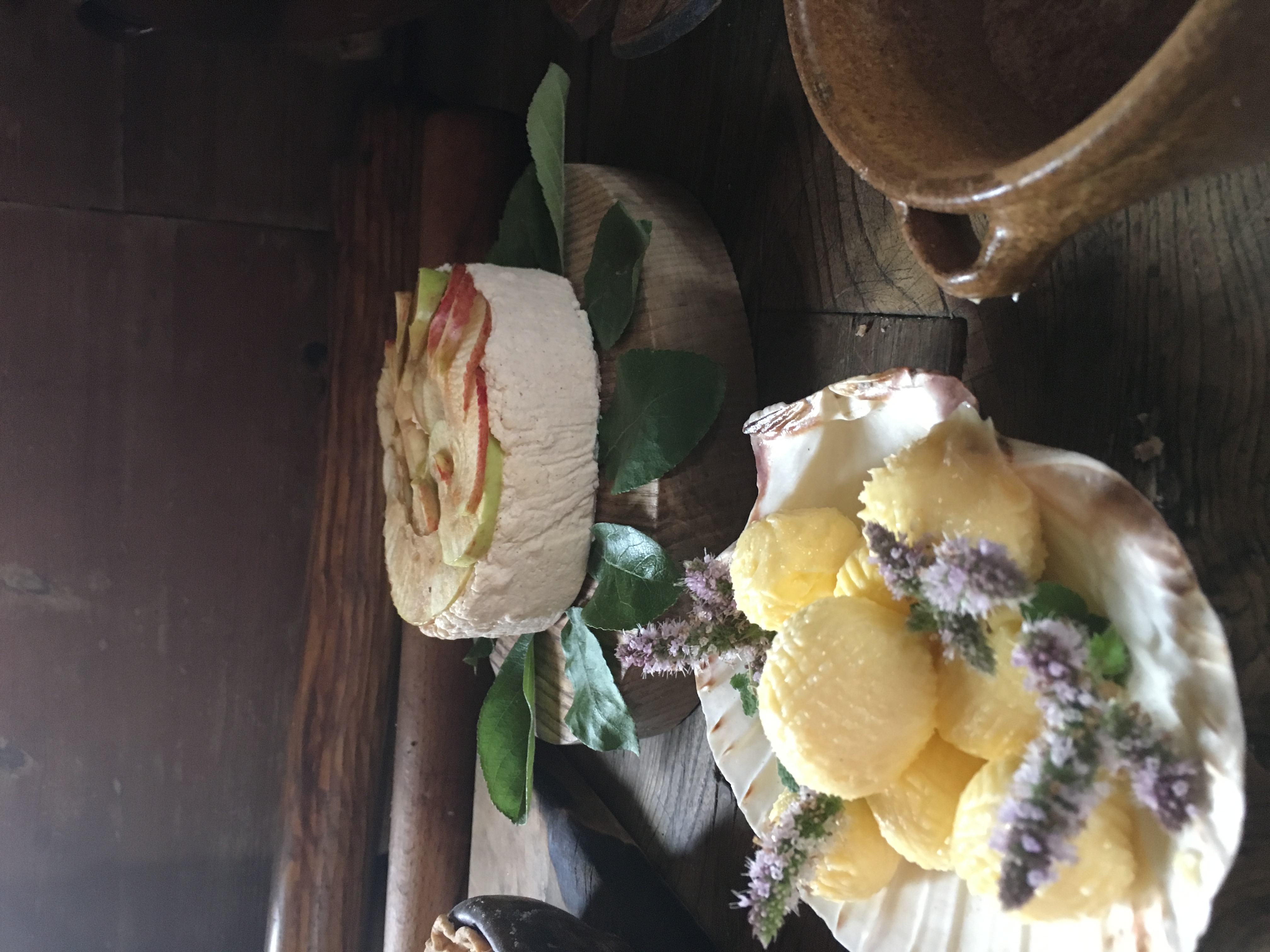
I realise how hot I am and that, whilst the smell of the wood fire and baking food is mouth-watering, my eyes are beginning to smart from the smoke. The cooks work on regardless, seemingly oblivious. I suspect after many years of toiling in these conditions, they are used to it. Nevertheless, I take my leave with a rumbling stomach and head toward the great hall.
On my way, I pass by a small room, adjacent to the kitchen where sweetmeats are being prepared from marchpane. I glance into the room to see a young woman enter be subject to a telling off from her elder,
“And where hast thou been?’ The woman who is sitting working the marchpane at the table raises her voice indignantly.
“Making marchpane.” The young woman seems flustered. Having none of it, the older woman retorts,
“How long does it take to make marchpane! …And who was that young fellow I saw you with…?” I notice her apprentice blushing furiously as she stares at the ground.
“Nobody, I mean…” I hear the beginning of her sheepish reply, but no more as I walk on down the corridor toward the hall.
The Great Hall, Kentwell
Just before I reach the great hall, I can hear sweet Tudor music and singing voices drifting down the corridor to greet me. Before I get there though, I come across a lady repairing a pair of hose in the large antechamber to the hall. I soon find out she is the housekeeper. She is modestly dressed with an English hood upon her head.
“As a housekeeper, are you a married lady?” I enquire curiously.
“Aye, I was married, but my husband died of the sweating sickness a few years ago, leaving a great number of debts. I am a relation of the family, and being impoverished, they looked kindly upon me and took me in as one of their housekeepers.”
“Oh, I see. That was kind of them. But, do you get paid?”
“Nay, my pay is my free board and meals which are provided for me. Although, I had a little money set by, and so my gowns are well enough and have a little silk about them.”
“And what are you working on, madame?” I ask.
“Ah, ’tis a pair of hose in the latest trend. Mayhap you know of a portrait of the Holy Roman Emperor, Charles V?” She now points to the garment, “These are slashes in the hose so that the finer fabric beneath can show through. They are also a little shorter than normal, to show the gentleman’s fine silk stocking beneath. Master Clopton will look quite the man about town!”
She seems pleased with herself as she inclines her head in reverence before returning to her work.
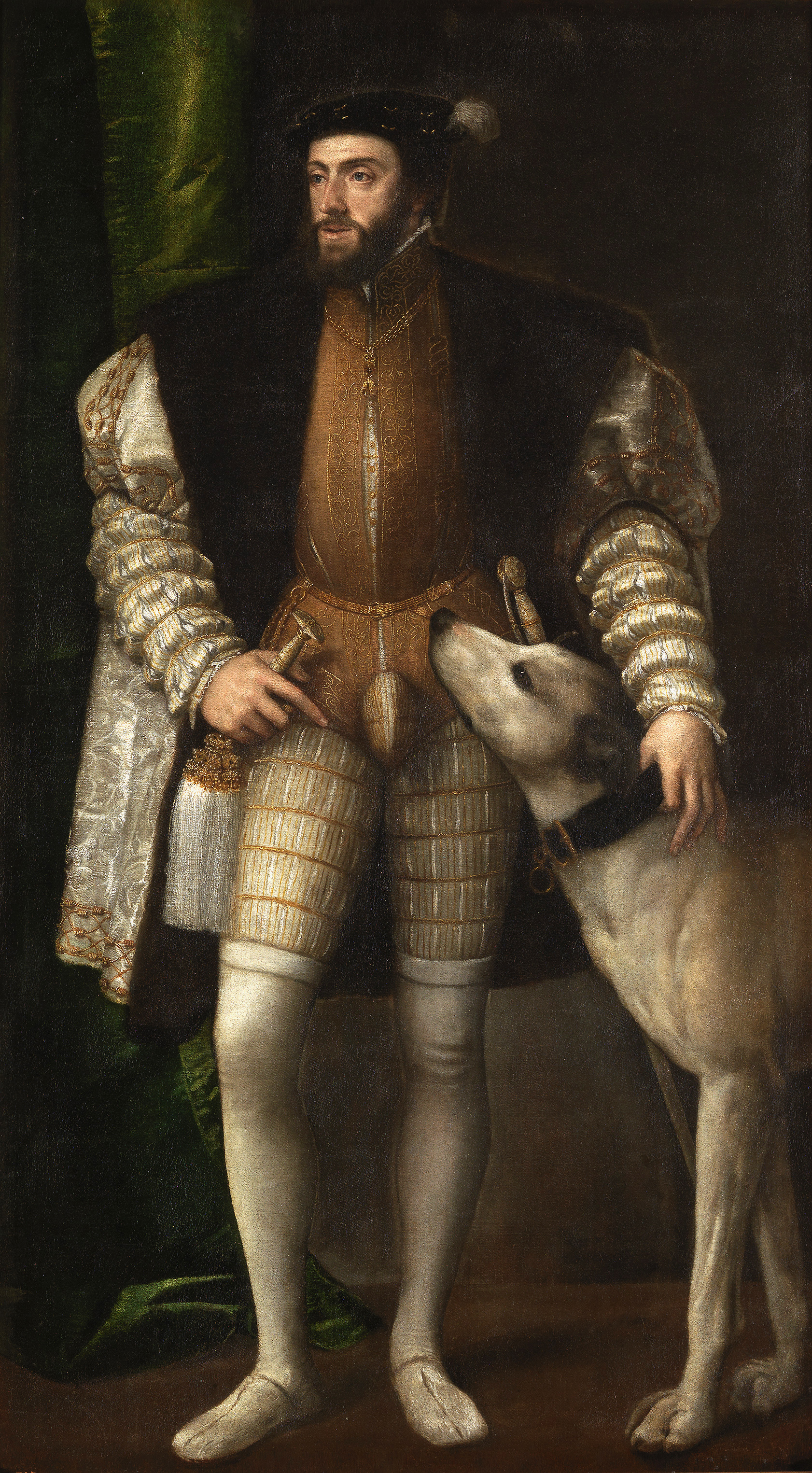
In the same room, a woman writes at a desk, her quill in hand surrounded by parchment littered across the dark, oak table. I am curious to know who she is writing to. She explains to me that she is a scrivener [Def: a person who can read and write and would write to the court, or write administrative letters].
“My husband is a wool merchant in the village, so, as it is harvest, there are extra letters to write.” She goes on to explain, without my prompting, “I am writing to the millers thereabouts, those who we will be sending wool to. I am also doing jobs for coin” [money]. She explains to me that, on the side, she works for a ‘Dr Lee’. She tells me, “In my opinion, he is an odious fellow!”
“So I need to look out for him in these parts? Mayhap he is someone to avoid?” I don’t like the sound of this character, not only on account of her words but the look upon her face as she grimaces her displeasure at the very thought of him.
“Aye, he does delight in causing insult to people.” She leans in conspiratorially, “He hath asked that I keep an ear out in case I overhear any of the Clopton family in disagreement with the Dissolution of the Monasteries.”
“He wants you to spy on them?” This definitely sounds like one of Cromwell’s henchmen. Then I wonder, “Is he a man motivated by his cause or by money?”
“Well, madame, he is a lawyer. Need I speak more of it! He said that as a public service, he must carry out the king’s orders.” She indicates a list scribed upon parchment. “See this?” She points to a name written upon the paper. “Waltham Abbey…t’was dissolved this year, and these two,” She indicates two more, “are soon to be dissolved. And these are the names of the men he has found to buy them.”
I see a list of names written alongside the properties. “Dr Lee will tell you that the coinage which comes from the sale, will go toward protecting the realm. So, indeed, there is no selfishness what-so-ever!” This last word she says with some sarcasm and a raised eyebrow. I well get her meaning!
I lean forward so as not to be overheard, for I know that what I am about to say is a delicate matter and, indeed, could even be one of life and death. I ask,
“And what think you, madame, of the dissolution?” She lowers her voice and whispers,
“I only do what I do as it is a necessity…and yet I have a rosary hidden in my bag!” I say no more on the matter and change the subject to safer territory.
“Who took it upon themselves to teach you to write, Madame?” I know that whilst female education is becoming more accepted than it once was, not everyone, and certainly not every woman, knows how to write.
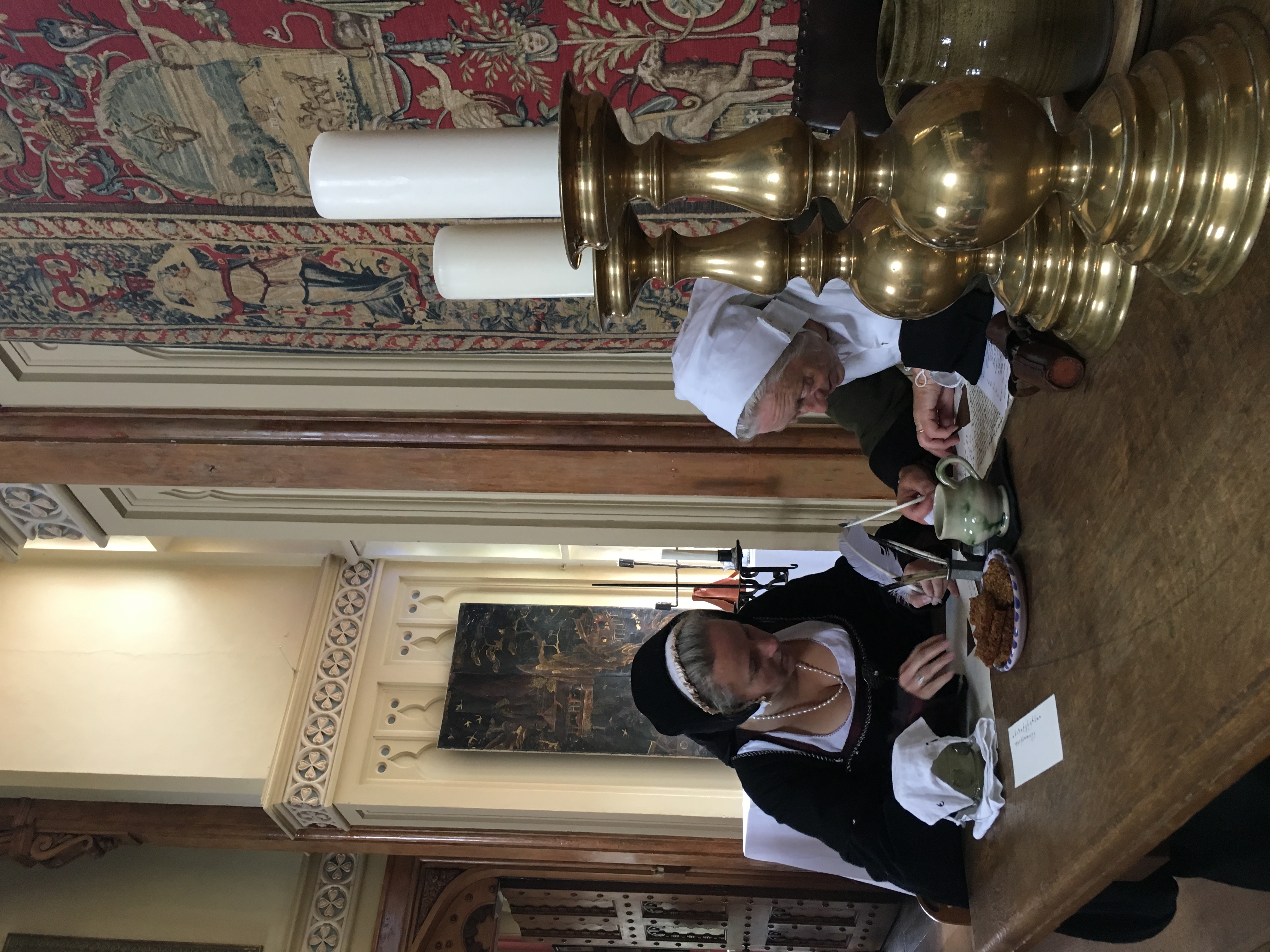
“Well goodwife, merchants must write for there are many letters to scribe. When my husband is travelling, I must inform him what happens at home and, of course, there are many customers that we must correspond with…about matters of business, of course.”
It was my mother who first taught me how to write, for she herself was a wife of a wool merchant. I also went to a priest as part of my education. He finished off my schooling and taught me my numbers and how to scribe well enough.”
Beyond the anteroom in which we stand talking, melodious music and sweet singing voices float gently through the house. I take my leave from the scrivener and move on.
In the great hall a table is set across one end, clearly being prepared for the gentry’s dinner. At the end of another long, oak table opposite sits a young woman dressed in a black, French gown and hood. She is being taught to write by an older woman who is attired more simply with a linen scarf about her head.
At the high end, musicians practice their music, accompanied by three more ladies in fine attire. By their dress and pastime, I gather that they must be part of the family. They mesmerise with their clear, singing voices, whilst another stands separately, engrossed in a book, clearly learning the prose.
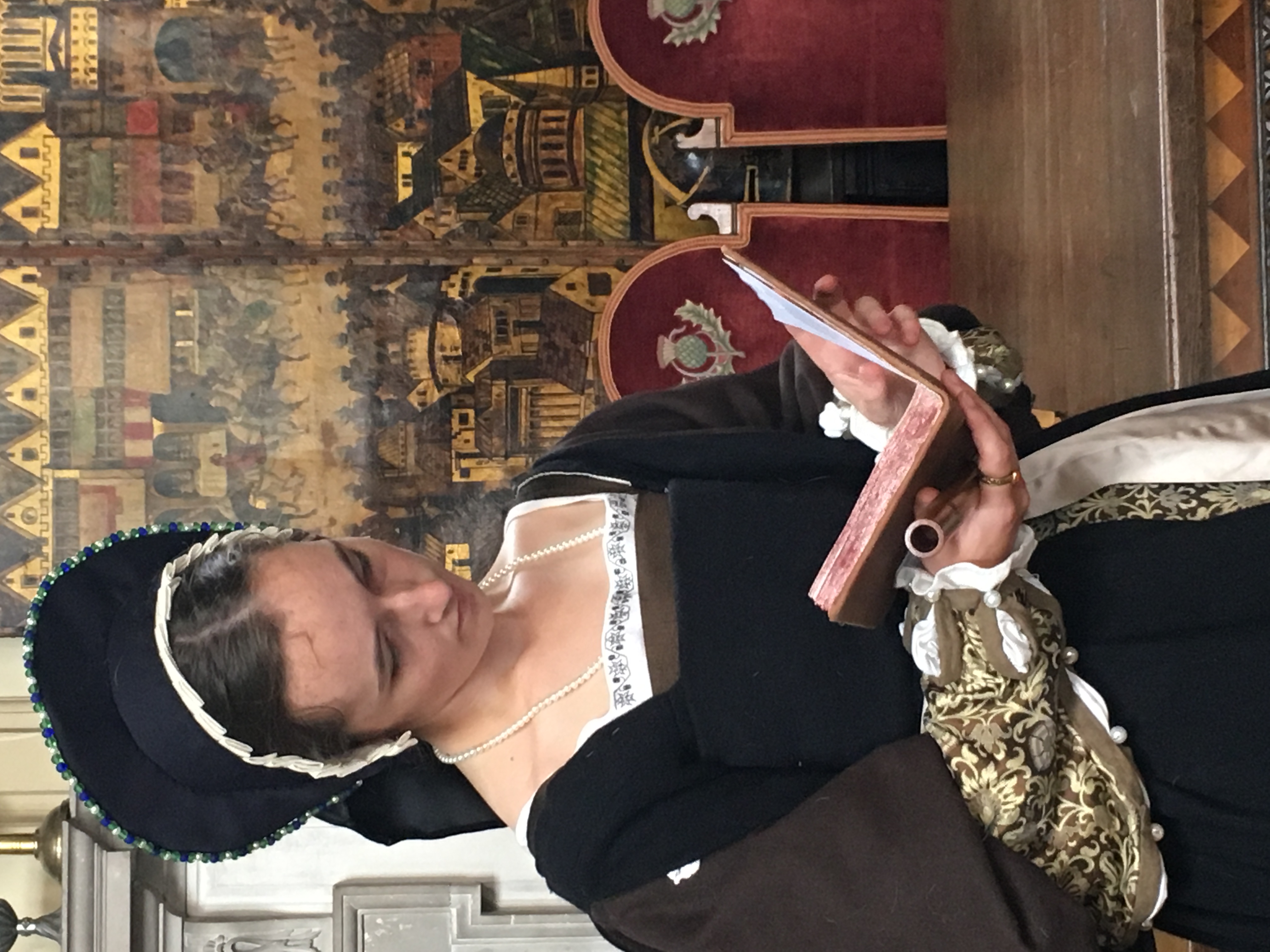
I listen to their practice for a little while, not wanting to interrupt, before being drawn on by the sound of children playing in the room beyond. Here, seated around the fire are several ladies; by the window, a number of small children play with toys, accompanied by two young maids.
I introduce myself and soon find out that two of the ladies have married into the family, their husbands being sons of John and Elizabeth Clopton, owners of the estate. One of them, named Margaret, pipes up,
“Our husbands have gone hunting, as is their way, leaving me here with a child and a broken foot!” She points to her raised foot, which is resting upon a stool. Rather playfully, she adds, “They always go, but do not always come back with much food!” There are knowing looks and much laughter shared amongst the ladies present. Another, her sister-in-law adds,
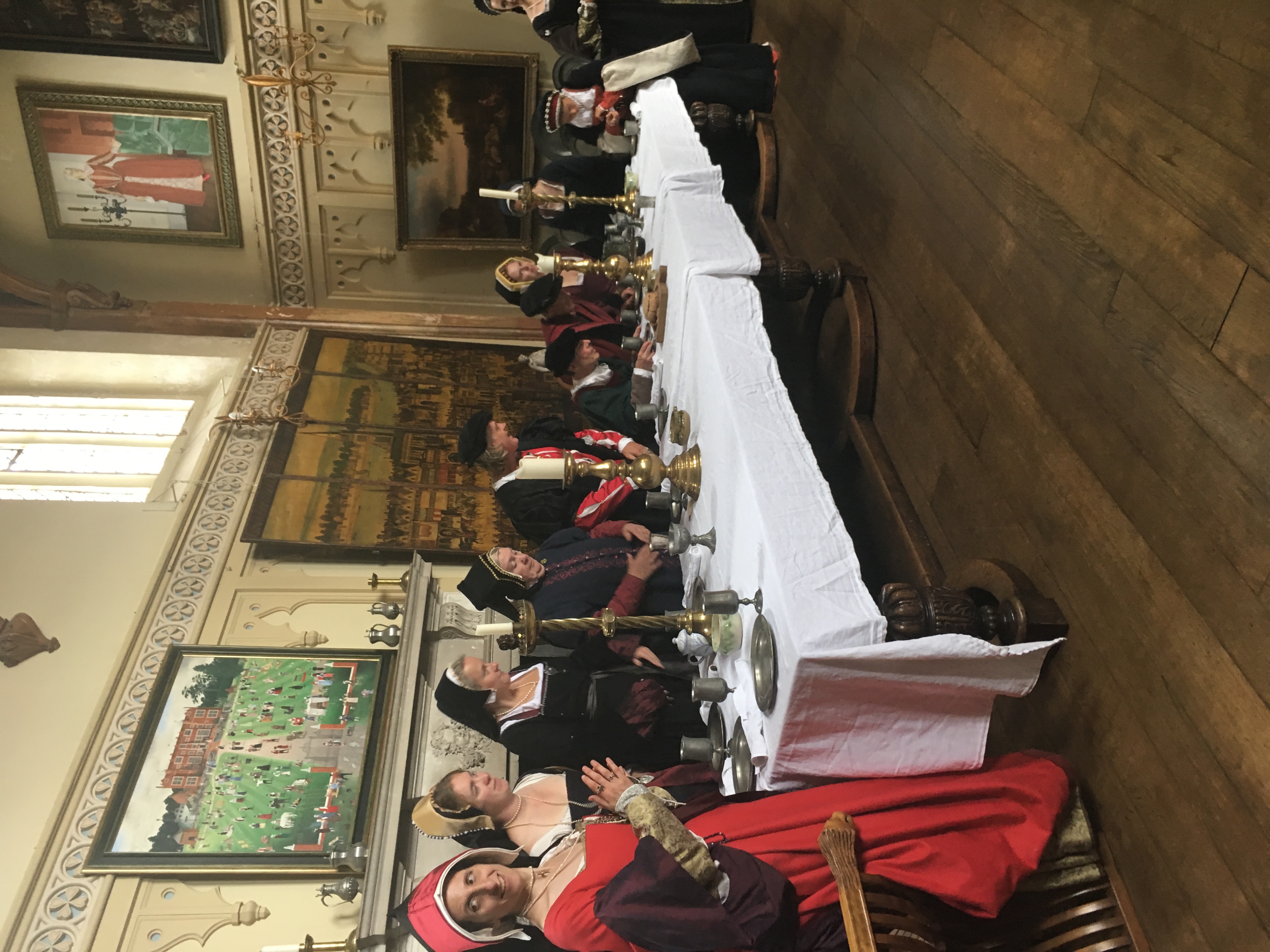
“Verily, if you speak with my husband, he will boast that he is to hunt a great stag, but in this landscape, I know not where he will find one! In truth, he is more likely to return with a pheasant, or a partridge, or some coney [rabbits] for the table.” More laughter ensues.
So how do you normally spend your days, ladies?” I enquire, interested in the life of a country gentlewoman, so far away from court and deep in the Suffolk countryside.
“Oh, dancing, singing or sewing, usually.”
“And gossip?” I venture. There is laughter as Margaret replies on behalf of them all.
“Aye, indeed, madame! We always enjoy gossip.”
“So tell me about the family,” I say to Margaret. “Who is your husband?”
“He is William Clopton. And you may have already met my mother-in-law. She is about here somewhere, dressed in a red gown.” She gestures back toward the great hall, although I do not recall seeing such a lady. “My mother-in-law has many children to care for. Indeed, yonder…,” she points to a small child playing with his nursery nurse by the window, “…that little fellow in scarlet with the black cap is my husband’s youngest brother.”
“Oh my! There is quite a difference in age! I immediately feel sorry for Elizabeth, clearly having spent so many of her years bearing children.
“Well, she had the youngest when she was but 14, he being William, my husband. ” Yikes, I think. Thank goodness that I didn’t have the obligation of raising a child at such a tender age. Just as I am about to ask more, I hear the call for dinner ring out from the great hall. I must take my leave as the family gather themselves to eat. Once again, I make my reverence and slip out the back door. It’s time to return to my twenty-first-century life.
Visitor Information
The 10-day Tudor festival is held every year. You can read more about it here as one of The Tudor Travel Guide’s top 7 Tudor Themed Summer Holiday Ideas, or visit Kentwell’s website here. My top tips for a visit would be:
- Arrive when it opens
- Plan to stay all day – there is so much to do and get involved with, the time will fly by!
- Ask lots of questions and throw yourself into the spectacle. All the re-enactors are super friendly and are very visitor oriented. Although they will stay in character (which is what makes the day so much fun), you just be yourself and speak ‘normally’.
If you are looking for a fabulous place to stay, full of history and character, both West Stow Hall and The Swan at Lavenham are highly recommended.

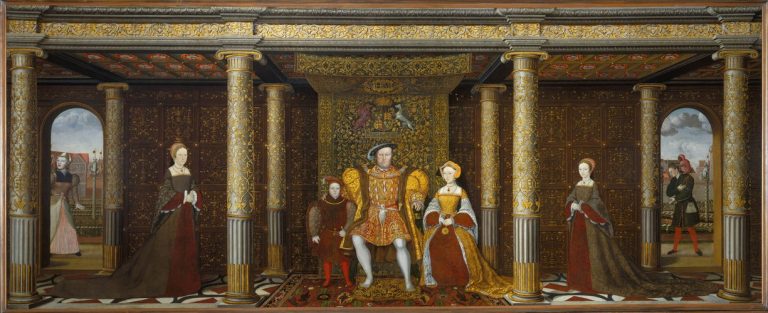
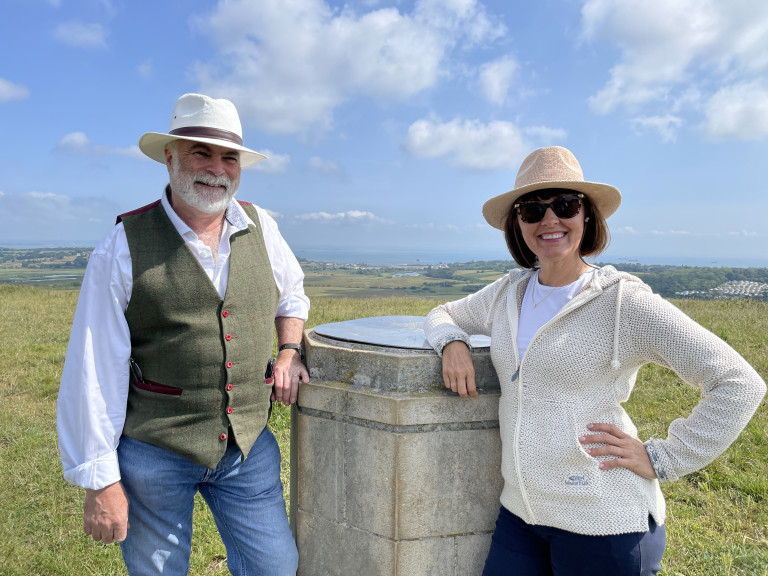
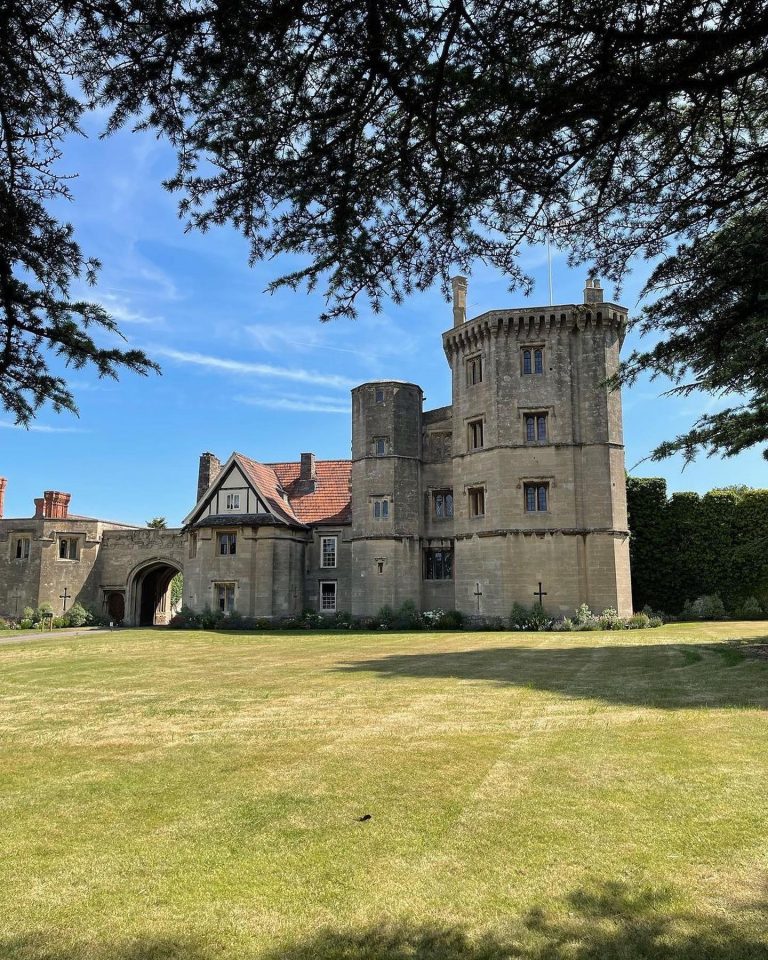

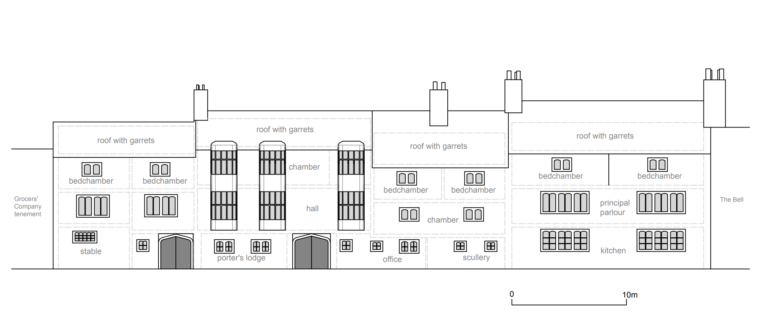
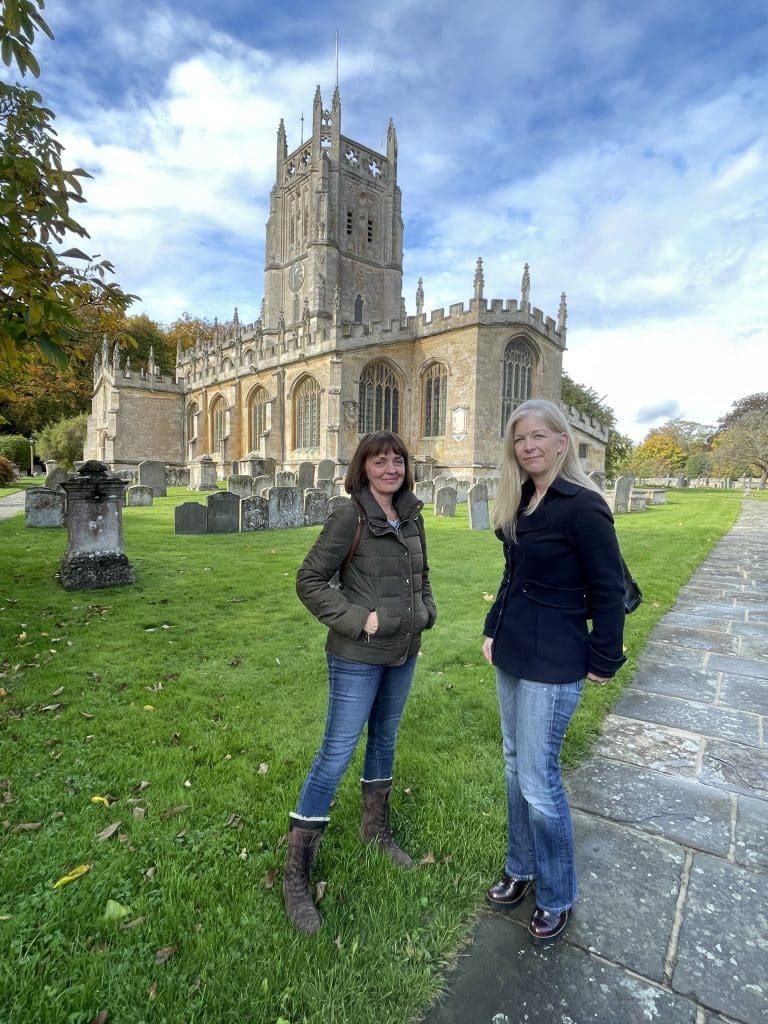
Wow! What a great review. I love your style. It’s definitely a must place to visit. Thanks for sharing your experience
Thanks Deb, that is great feedback. Much appreciated. It really is must if you love immersing yourself in Tudor history.